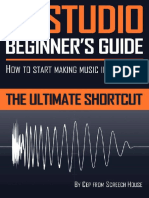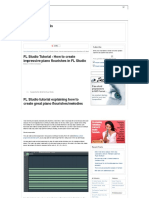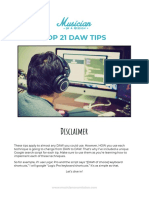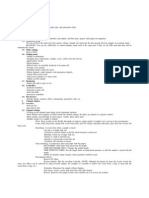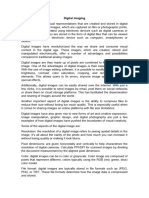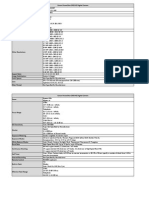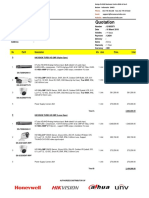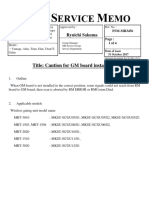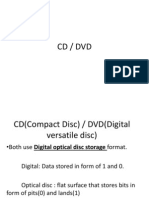0% found this document useful (0 votes)
5 views2 pagesFL Studio
FL Studio is a versatile Digital Audio Workstation (DAW) that offers advanced features and workflows for music producers. Key highlights include automation for sound layering, a powerful mixer for routing, and professional tools like the Piano Roll and VST plugin support. By mastering these features, users can enhance their music production, create professional mixes, and streamline their workflow.
Uploaded by
Some GuyCopyright
© © All Rights Reserved
We take content rights seriously. If you suspect this is your content, claim it here.
Available Formats
Download as TXT, PDF, TXT or read online on Scribd
0% found this document useful (0 votes)
5 views2 pagesFL Studio
FL Studio is a versatile Digital Audio Workstation (DAW) that offers advanced features and workflows for music producers. Key highlights include automation for sound layering, a powerful mixer for routing, and professional tools like the Piano Roll and VST plugin support. By mastering these features, users can enhance their music production, create professional mixes, and streamline their workflow.
Uploaded by
Some GuyCopyright
© © All Rights Reserved
We take content rights seriously. If you suspect this is your content, claim it here.
Available Formats
Download as TXT, PDF, TXT or read online on Scribd
/ 2


















